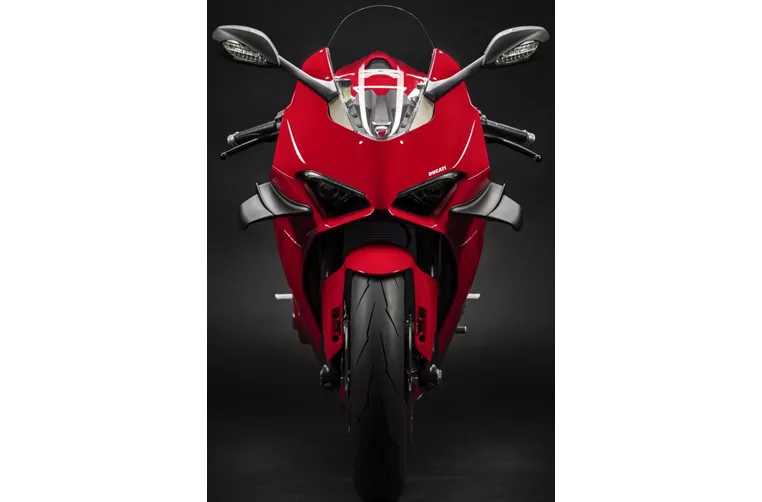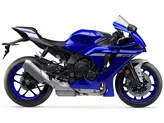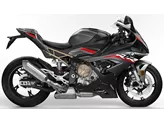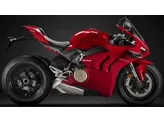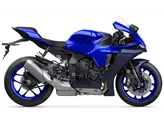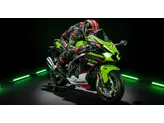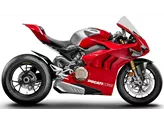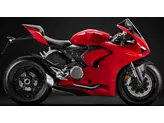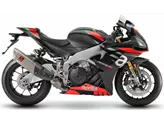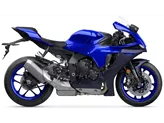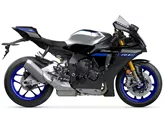Ducati Panigale V4 2020 vs. Yamaha R1 2010
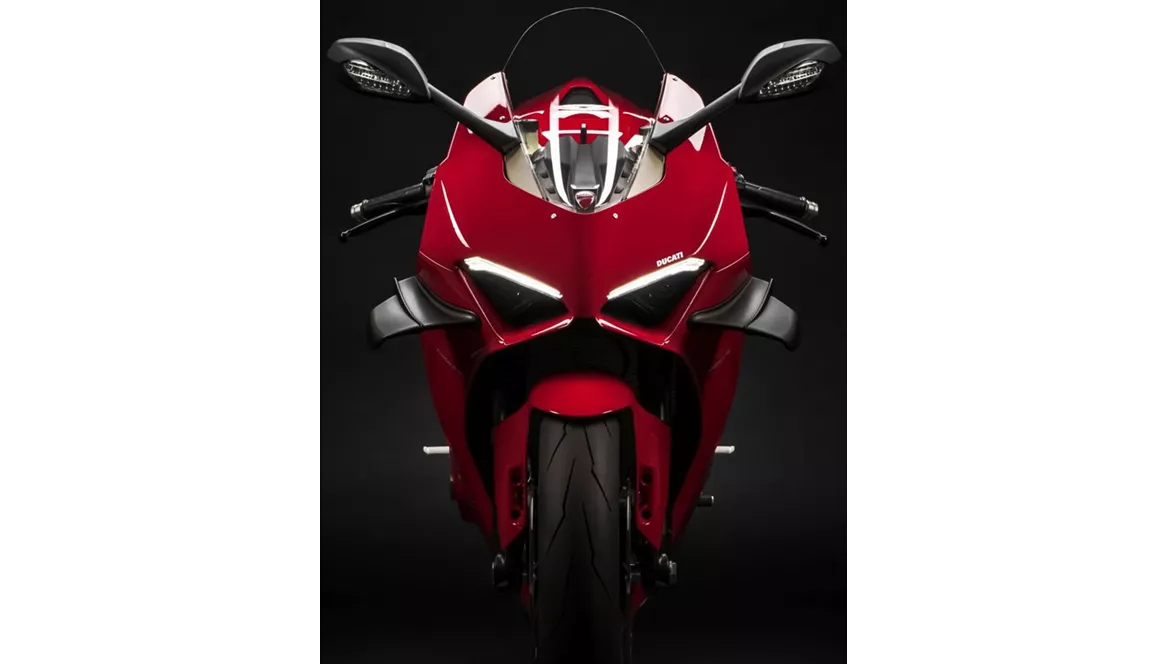
Ducati Panigale V4 2020
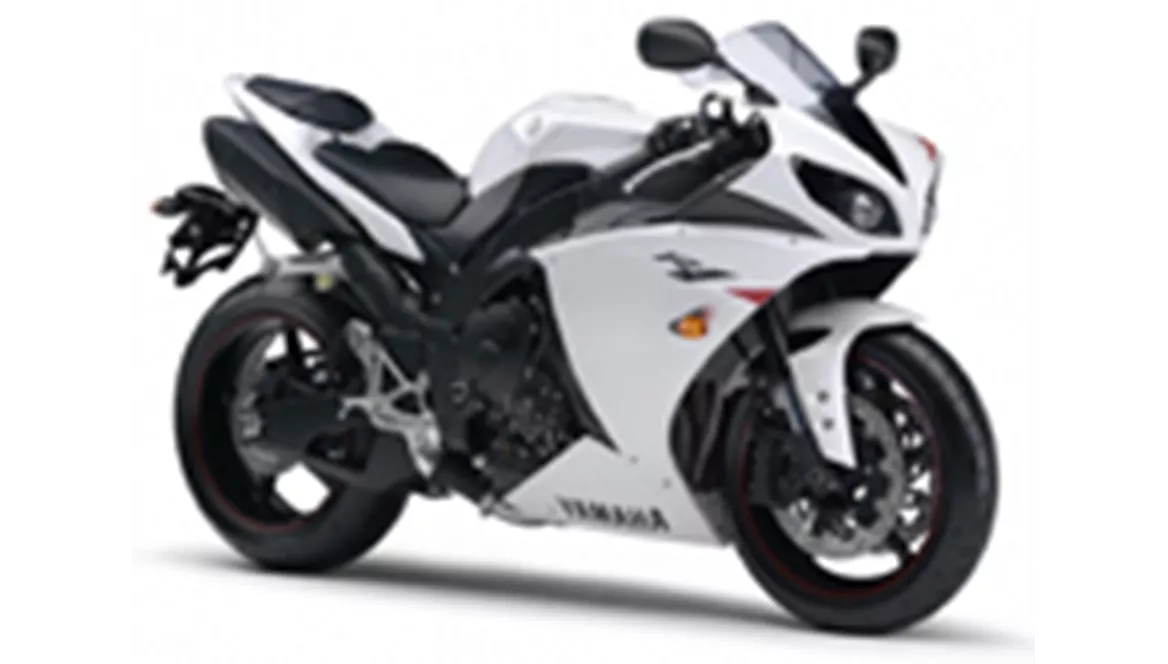
Yamaha R1 2010
Overview - Ducati Panigale V4 2020 vs Yamaha R1 2010
The Ducati Panigale V4 2020 and the Yamaha R1 2010 are both high-performance supersport motorcycles that cater to enthusiasts seeking adrenaline-pumping rides. While they share some similarities in terms of engine configuration and suspension setup, there are notable differences that set them apart.
Starting with the engines, the Ducati Panigale V4 2020 boasts a larger displacement of 1103cc compared to the Yamaha R1 2010's 998cc. This results in the Panigale V4 producing a higher engine power of 214 HP, while the R1 generates 181 HP. Additionally, the Panigale V4 offers more torque at 124 Nm compared to the R1's 115.5 Nm. Both bikes feature four cylinders and four valves per cylinder, but the Panigale V4 utilizes Desmodromic valves, which are known for their precise control and efficient performance.
In terms of suspension, both motorcycles feature upside-down telescopic forks at the front. However, the Panigale V4's front suspension is not specified further, while the R1 utilizes a Deltabox frame. This frame type provides enhanced rigidity and stability, which contributes to the R1's optimal braking system. On the other hand, the Panigale V4 features an aluminum monocoque frame, which is known for its lightweight and structural integrity.

Ducati Panigale V4 2020
When it comes to braking, both bikes are equipped with double disk brakes at the front. The Panigale V4's brake type is not specified, while the R1's braking system is known for its sophistication and effectiveness.
In terms of dimensions and weights, the Panigale V4 has a slightly wider front tire at 120mm compared to the R1's 120mm. Both bikes share the same front and rear tire diameters of 17 inches. The Panigale V4 has a wheelbase of 1469mm, while the R1 has a slightly shorter wheelbase of 1415mm. The seat height of the Panigale V4 is 830mm, while the R1 offers a slightly higher seat height of 835mm. The fuel tank capacity of the Panigale V4 is 16 liters, while the R1 has a larger fuel tank capacity of 18 liters.

Yamaha R1 2010
Moving on to the strengths and weaknesses of each bike, the Panigale V4 stands out with its clever electronics, noticeable upgrades from the previous model, and improved accessibility. On the other hand, the R1 impresses with its strong engine, sophisticated engine character, optimal braking system, and comfortable seating position.
However, the Panigale V4 does have some weaknesses, including a small fuel tank capacity from an ergonomic standpoint and potential challenges with straight-line driving at high speeds in wet conditions. The R1, on the other hand, has weaknesses such as suboptimal suspension elements, lower peak power compared to the Panigale V4, slightly weak traction, and a higher weight.
In conclusion, the Ducati Panigale V4 2020 and the Yamaha R1 2010 are both formidable supersport motorcycles with their own set of strengths and weaknesses. The Panigale V4 offers clever electronics and improved accessibility, while the R1 impresses with its strong engine and optimal braking system. Ultimately, the choice between these two bikes will depend on the rider's preferences and priorities.
Technical Specifications Ducati Panigale V4 2020 compared to Yamaha R1 2010
Pros and Cons in comparison
Pros and Cons in comparison
Ducati Panigale V4 2020

The conclusion is very easy for me. Ducati has made an "already almost perfect motorbike" even better without changing anything in a negative way. Although riding on the road with this radical fairing probably causes a stir and one or two riders find it uncomfortable, they obviously feel more comfortable with it on the race track. You get a motorbike "out of the box" that resembles a Superbike World Championship bike more than ever. I also believe that the V4 2018 owner is quite capable of improving his lap times with the 2020 version. My tip: if you take care to enlarge the tank or make it more grippy, you could go over the centre even more with your hull.
Yamaha R1 2010

The current engine in the R1 scores points above all with its unmistakable sound, very transparent response and linear power delivery. In terms of peak power, however, Yamaha had to cut back a little.
Price Comparison Avarage Market Price Ducati Panigale V4 vs Yamaha R1
There are a few key differences between a Ducati Panigale V4 2020 and a Yamaha R1 2010. In terms of price, the actual average price of a Ducati Panigale V4 2020 is about 250% higher. Compared to Yamaha R1 2010 there are more Ducati Panigale V4 2020 bikes available on the 1000PS.de Marketplace, specifically 6 compared to 5. It takes less time to sell a Yamaha R1 with 53 days compared to 100 days for the Ducati Panigale V4. Since model year 2018 1000PS.de editors have written 18 reviews for the Ducati Panigale V4 and 80 reviews for the Yamaha R1 since model year 2005. The first review for the Ducati Panigale V4 was published on 05/11/2017 and now has more than 131,500 views. This compares to more than 3,900 views for the first review on Yamaha R1 published on 28/04/2003.
